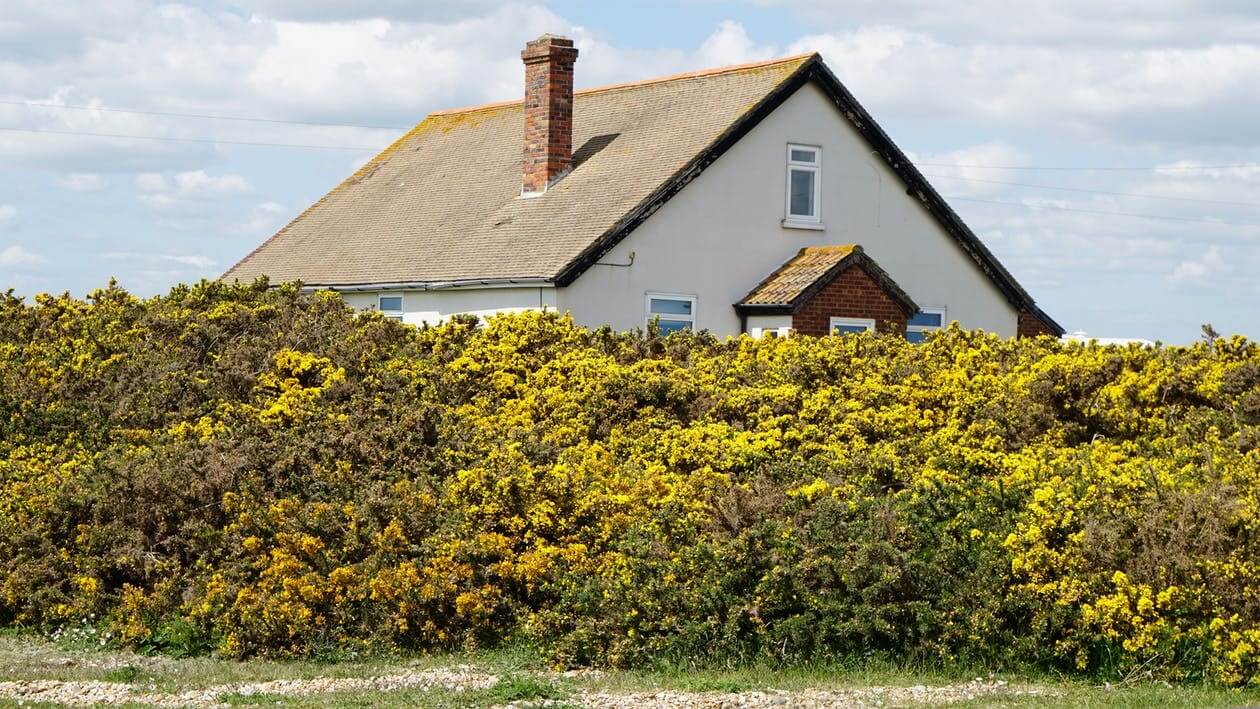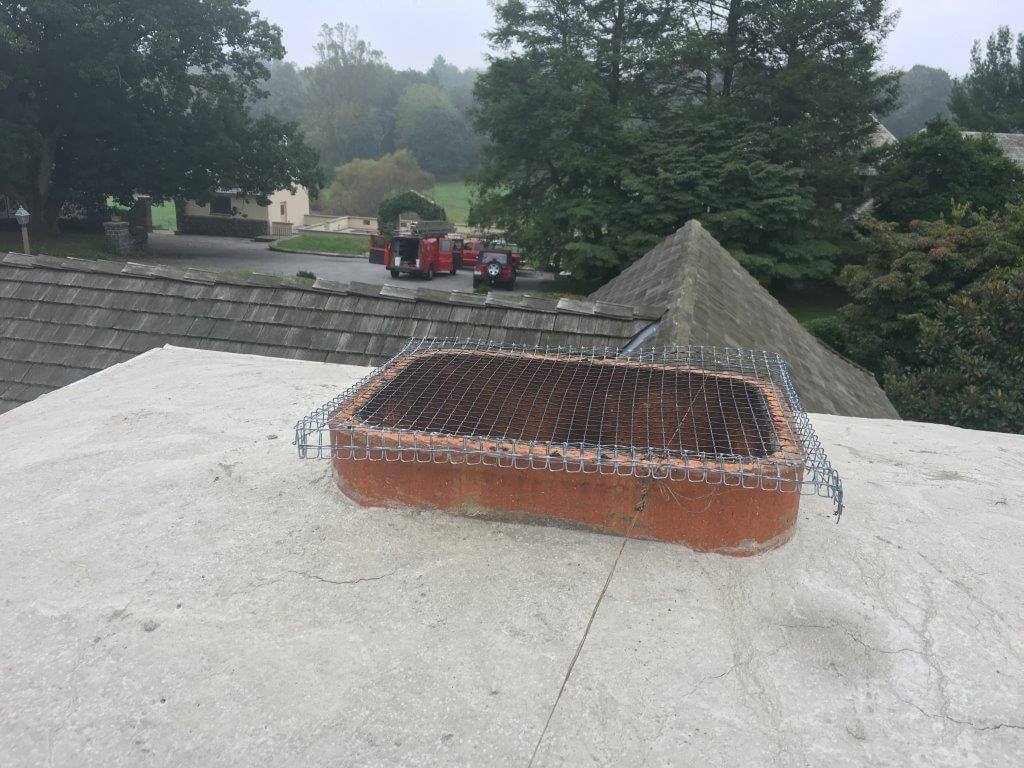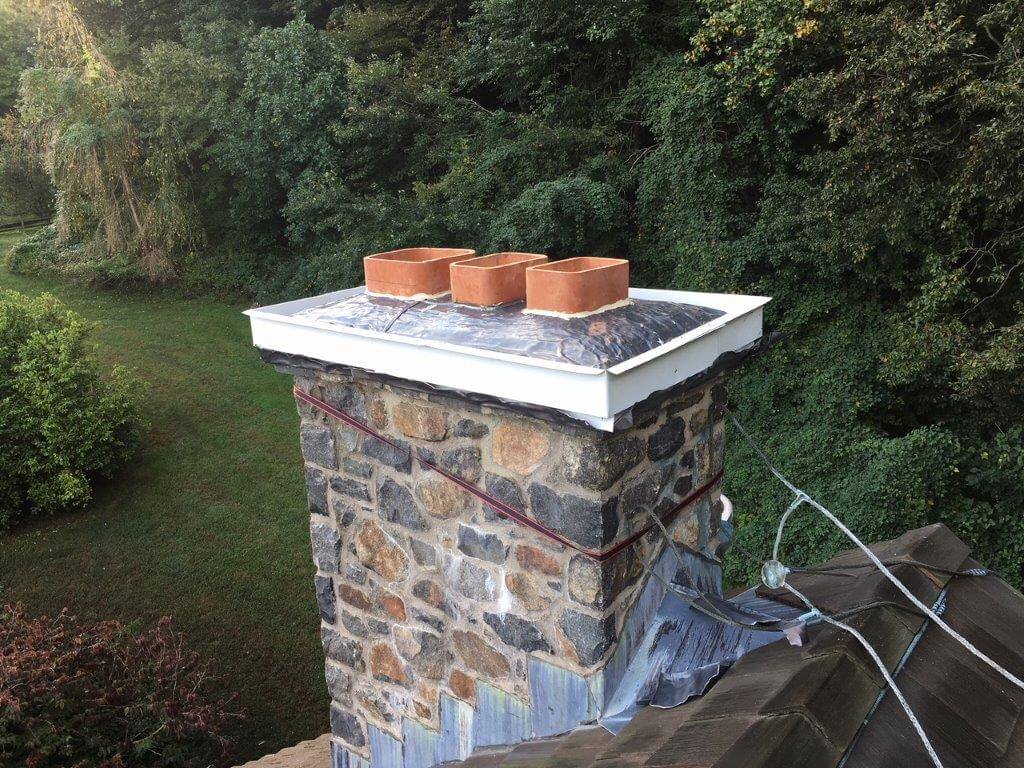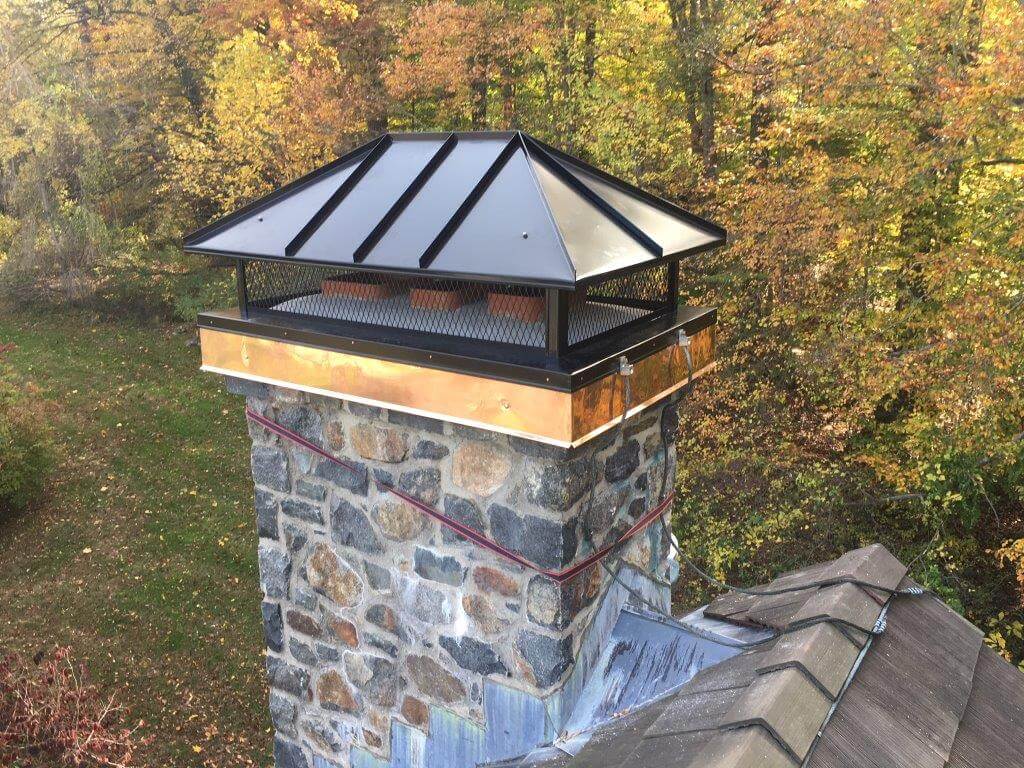How to Keep Your Chimney Functioning Properly
Fireplaces and chimneys are two house features that are more than just about utility. If you have an overactive imagination or a tendency to romanticize things, you might think of fireplaces as cozy center points of your home in dreary winter nights. A place where the family gets together and grandparents regale their grandchildren with stories. And a chimney is, of course, where Santa comes from.
Even if dispensed with the nostalgia and magical attribution, chimneys serve a significant role. Though the trend of including chimneys in new home constructions shifted downward drastically between 2005 and 2010, the trend changed again after 2010. Even though relatively few new homes have chimneys built-in, many of the older homes have. And if you have a house with a chimney, you should understand how vital their maintenance is.
Increasing heat efficiency and properly ventilating out harmful carbon dioxide are reasons enough for proper cleaning and upkeep of your chimney. Still, perhaps the most pressing reason is that it can prevent chimney fires.
Tips for Chimney Maintenance and Repair
Some tips that can help you with regular and off-season chimney maintenance (so it’s in proper shape to serve you when the season arrives) are:
- Clean the chimney at regular intervals. There is no specific frequency, and it also depends upon what you use for fire. Wood fireplaces produce a lot of soot, whereas gas fires are relatively cleaner. One recommendation is cleaning the chimney once one-eighth of an inch of soot/creosote is accumulated in the lining.
- Waterproofing your chimney is imperative. If water gets into the walls and chimney’s masonry is compromised, it’s not just a fire hazard; it becomes a structural problem. You can add water sealant to the outside of your chimney (especially the flashing – Where chimney is attached to your roof), to ensure that water doesn’t seep in. You will also need to inspect the crown (if you have a masonry chimney), or the chase cover (for pre-fabricated chimneys). If the chase cover is rusting, consider investing in a stainless steel or aluminum cover for better protection against the elements.
- The crown or chase cover should have mesh sidings, to ensure that the chimney isn’t just protected from something dropping in from the top. Protecting the side opening ensures that critters or birds don’t enter your chimney.
- If your chimney gets a lot of water when it rains, because it slides down the roof and pools around the chimney walls, get a cricket installed. It’s an extra layer that diverts the water away from the chimney, ensuring its structural integrity against water.
- The good idea is to opt for a gas fireplace. It would be better for your chimney, and it’s more energy efficient. It’s also better for your health.
- Get your chimney inspected by professionals every year. It’s a good idea if you work on your chimney before winter comes, and get it checked, so if there are any significant issues, you can tackle them before you have to use the chimney regularly.
Conclusion
You can maintain and even repair your chimney with proper guidance, tools, and skills. But if you are unsure of working at height, or unsure of how to take care of specific chimney related issues, it’s a good idea to call the professionals. An unkept chimney can be a fire hazard, and it’s not something you should take lightly. Get your chimney inspected, and ensure necessary repairs to keep it functioning correctly.










Comments are closed